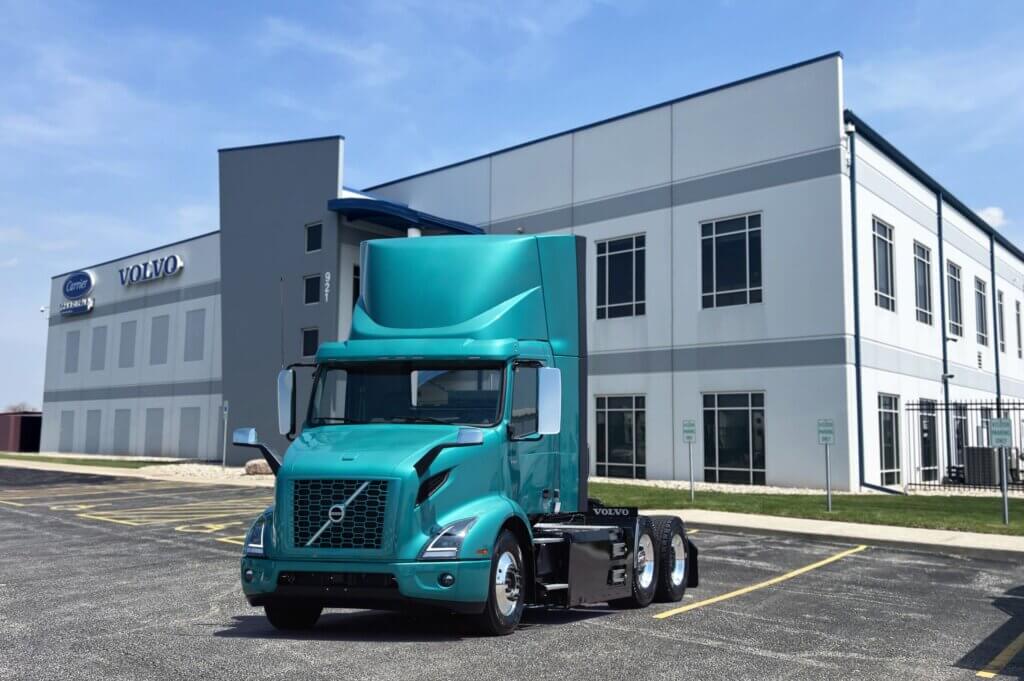Strategies To Upskill Your Workforce
pskilling existing workers can be a cost-effective and efficient way for construction companies to prepare them for highly skilled jobs. With an ongoing job shortage, especially for skilled positions, construction companies can look to their existing workforce to find motivated workers ready to take their skills to the next level. As jobs require more technology skills, half of all workers will need to be upskilled by 2025. Don’t wait. The time to start upskilling your workforce is now.
There are a few considerations to keep in mind when choosing between hiring new workers and upskilling existing ones in the construction industry. A range of factors like cost, time, and long-term objectives should be considered.
Hiring new workers
Pros: Bringing in new workers may introduce fresh skills and perspectives.
Cons: Recruitment can be time-consuming and costly, plus new hires might require an orientation period. There is also a higher cost to train new workers.
Upskilling current workers
Pros: Upskilling strengthens the existing team and may boost morale and loyalty.
Cons: Training takes time and resources, and there’s a risk that upskilled workers may seek opportunities elsewhere. Be sure you are following through to ensure your upskilled workers are happy.
Balancing the two strategies is optimal: upskill the current workforce for retention and development while hiring externally to fill specific skill gaps and bring in new insights. Factors like project timelines, budget, and available talent pool can guide the decision on which approach to prioritize.
Here are 10 strategies to upskill your workforce.
- Identify skill gaps: Conduct assessments to identify skill gaps among your current workforce. This will help you determine which areas need improvement. Foster a culture of continuous learning where employees are encouraged to seek opportunities for improvement and growth.
- On-the-job training: Provide on-the-job training and mentoring by experienced workers for those looking to acquire new skills. Don’t overlook the importance of soft skills like communication, teamwork, and leadership. These skills are valuable in any highly skilled job.
- Online courses and webinars: Offer access to online courses, webinars, and e-learning platforms that cover relevant industry topics and skills.
- Certification programs: Encourage and support employees in obtaining industry-recognized certifications, such as those from the National Center for Construction Education and Research (NCCER).
- Cross-training: Cross-train workers in separate roles within the construction process to broaden their skills and adaptability. Associated Builders and Contractors (ABC) invested more than $1.5 billion to provide nearly 1.3 million course attendees with craft, leadership and safety education in 2022.
- In-house training programs: Develop in-house training programs that focus on the specific needs of your company and industry. Invest in training for the operation of advanced construction equipment and machinery.
- Financial support: Provide financial incentives or tuition reimbursement for employees pursuing further education or training.
- Apprenticeship programs: Develop apprenticeship programs that combine on-the-job training with classroom instruction, allowing workers to earn while they learn.
- Collaboration with trade schools: Partner with local trade schools and educational institutions to facilitate skill development programs. There are also government programs to train the next generation of workers.
- Feedback mechanism: Periodically assess the progress of upskilling efforts and adjust training programs accordingly. Create a feedback mechanism that allows employees to provide input on their training needs and preferences.
By upskilling your existing workforce, you can retain experienced employees, improve overall productivity, and adapt to changing industry demands without the need for extensive new hires. It’s an investment in both your employees’ careers and the long-term success of your construction company.
Source: CONEXPO/CON AGG, October 17th 2023



